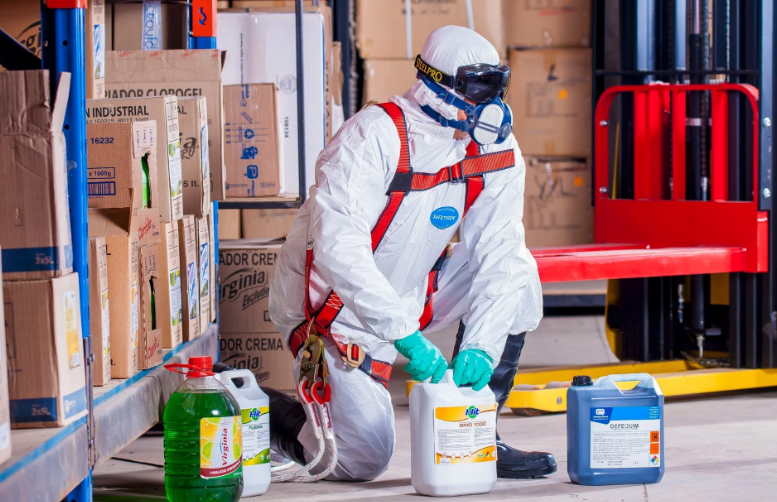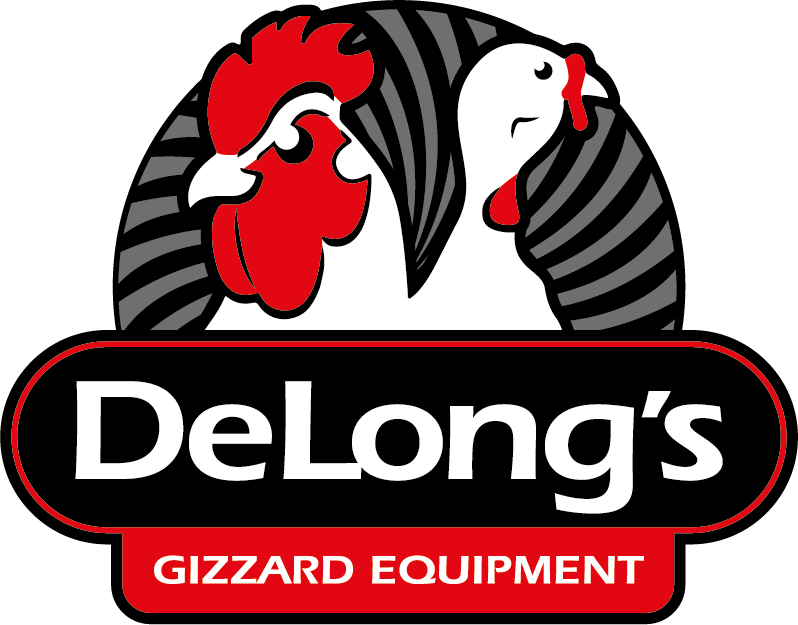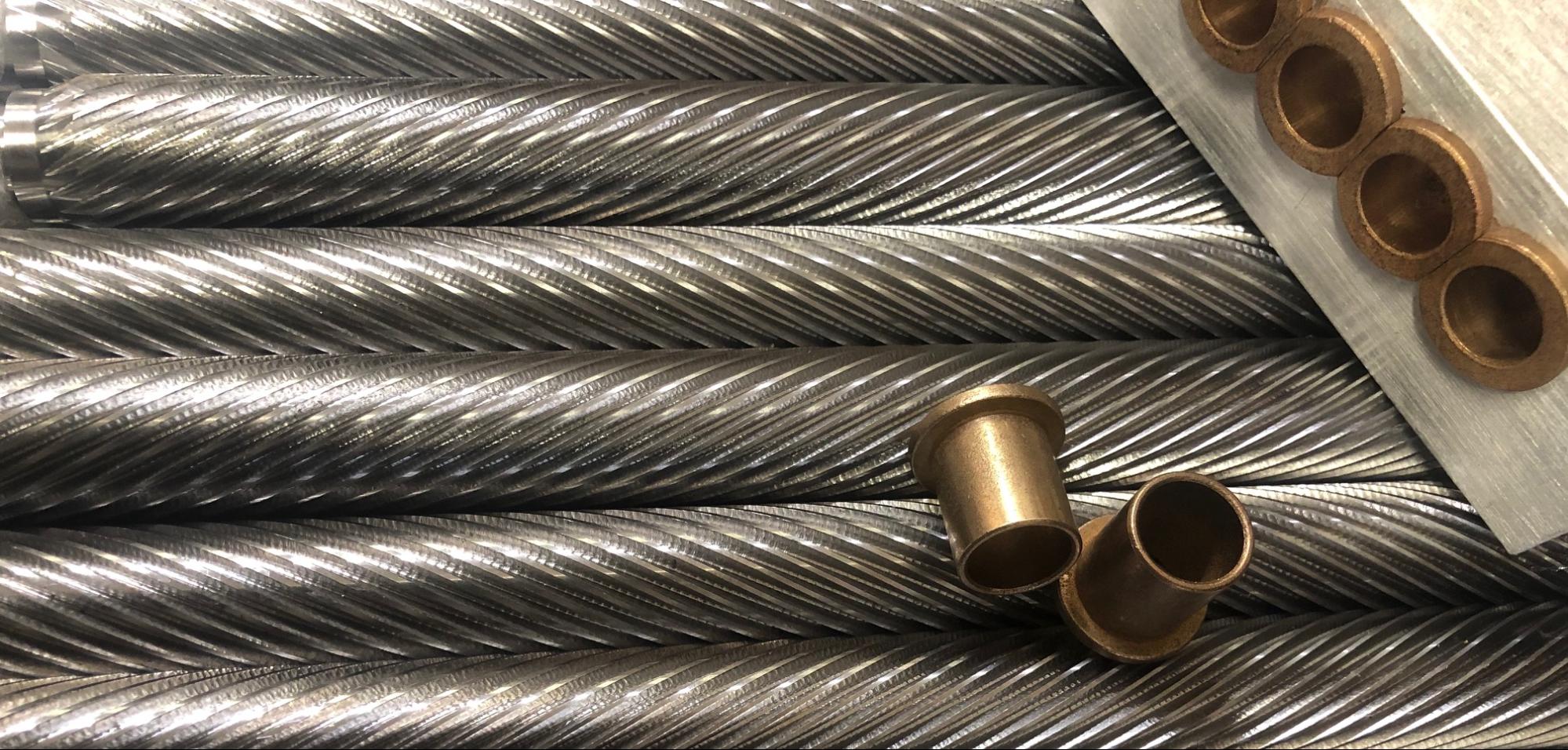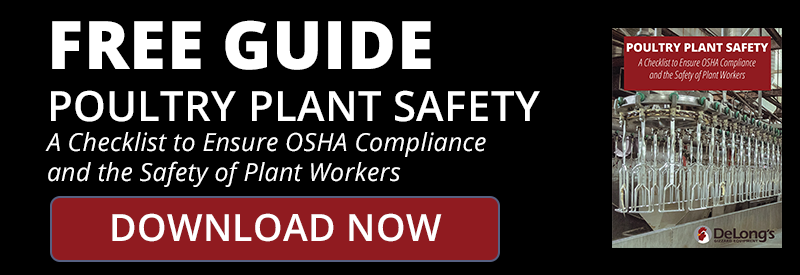
17 Jul Hazardous Chemical Tips
Meat and poultry processing plants require extensive clean up procedures to maintain the cleanliness and integrity of the final product. In order to clean effectively, many plants need the help of heavy chemicals and cleaning substances. When using these heavy chemicals, it is essential to protect employees from being exposed to the strong cleaning agents. To educate our customers, DeLong’s has written a few tips on how to keep your employees safe from heavy chemical contamination.
What Chemicals Are Used In Poultry Processing Plants And What Are Their Hazards?
Chemicals associated with accidents in the poultry processing industry include:
- Ammonia- burning of the eyes, nose, throat and respiratory tract and can result in blindness, lung damage or death
- Heavy Alkalines- severe burning of the skin
- Chlorine- can rapidly lead to respiratory distress with airway constriction and accumulation of fluid in the lung
- Carbon dioxide- rapid breathing, rapid heart rate, clumsiness, emotional upsets and fatigue can resul
- Phosphoric acid in combination with sodium hydroxide- severe burning to the ski
- Foam cleaner- grinding of foam cleaner can lead to potential exposures to isocyanates and other toxic emission
- Hydraulic fluid- swallowing or inhaling can cause nerve damage or deat
- Crystalline silica- breathing crystalline silica dust can cause the lung fibrosis, silicosis
When using Heavy Chemicals, DO:
Make sure that all equipment is unplugged and on lockout. Too many horrific accidents in the meat processing industries have occurred because lockout was not used correctly. To protect the integrity of your plant and employees’ lives, double check that all equipment is turned off and ready to be cleaned.
Always ensure that your plant employees wear proper personal protective equipment (PPE). The most important part of using heavy chemicals is making sure your cleaning staff has adequate equipment.
- Eyes- Safety spectacles, goggles, face screens, face shields, visors should be worn at all times. Make sure the eye protection chosen for your plant has the right combination of impact/dust/splash eye protection for the task and fits the user properly
- Head and neck- Protect the head and neck areas by wearing bump caps, hair nets and scarves. Some safety helmets incorporate, or can be fitted with, specially-designed eye or hearing protection. Be sure to replace head protection if it is damaged
- Hands and arms- Gloves, gloves with a cuff, gauntlets and sleeving that covers part or all of the arm should be worn by workers within your plants. Some materials are quickly penetrated by chemicals so take care in selecting the best ones for your plant. Barrier creams are unreliable and are no substitute for proper personal protective equipment. Additionally wearing gloves for long periods can make the skin hot and sweaty, leading to skin problems. Using separate cotton inner gloves can help prevent skin problems from over exposure to moisture.
- Feet and legs- Have plant workers invest in good safety boots and shoes with protective toe caps and that are penetration-resistant. Midsole wellington boots and specific footwear, like foundry boots and chainsaw boots are great types of protective footwear. Footwear can have a variety of sole patterns and materials to help prevent slips in different conditions, including oil – or chemical-resistant soles. Footware can also be anti-static, electrically conductive or thermally insulating. Appropriate footwear should be selected for the risks identified within your plant.
- Lungs- The right type of respirator filter must be used as each is effective for only a limited range of substances. Filters have only a limited life. Where there is a shortage of oxygen or any danger of losing consciousness due to exposure to high levels of harmful fumes, only use breathing apparatus – never use a filtering cartridge. You will need to use breathing apparatus in a confined space or if there is a chance of an oxygen deficiency in the work area
- Whole body- Protecting the whole body is key. Conventional or disposable overalls, boiler suits, aprons, chemical suits should be worn, depending on plant functionality and equipment. Materials available include flame-retardant, anti-static, chain mail, chemically impermeable, and high-visibility. When applicable, other protection, like safety harnesses or life jackets should be worn.
Ensure all eye washing stations and shower stations are properly maintained and ready to be used in the case of an emergency. Not checking an eye washing station before starting a cleaning job can be the difference between recovery and blindness.
Always have an emergency plan in place. Ensure your employees know the plan in the case of an emergency.
Chemical use is necessary in a high-risk environment like poultry processing. Ensuring your employees are trained properly, following standards on chemical usage and double checking that equipment is ready to be cleaned are all essential factors in running a successful and safe processing plant.
At DeLong’s, and at all meat processing plants across the country, equipment safety and safe working environments are essential parts of the day-to-day operations. By addressing these concerns, taking steps to prepare workers for potentially hazardous conditions, and looking for creative solutions, processing workers can safely produce and provide for consumers.



